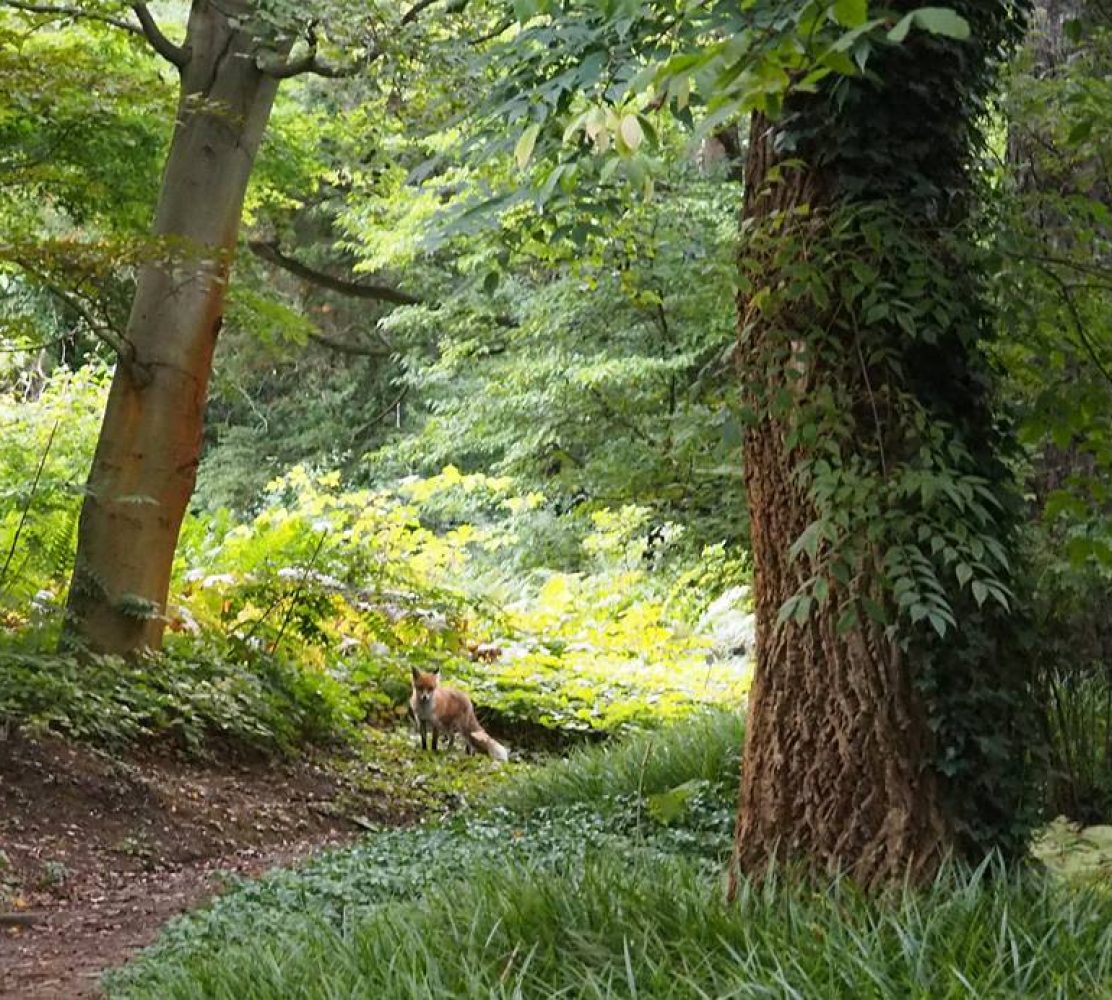
Step out of Cologne central train station (Köln Hauptbahnhof) and you will find yourself staring up at a towering cathedral: The Dom (Cologne cathedral).

Completed in 1880, at 157,4 m high it is the tallest Catholic cathedral in the world, and for a while it was the tallest building in the world. However the Protestants decided to one-up the Catholics, and increased the height of the spire of the Ulm Minster (which was also being constructed at the time), completing their church in 1890 at a height of 161,5 m. The Ulm Minster is still the tallest church in the world today. And yes, I’ve climbed those 768 steps too; see my previous post all about Ulm.

Cologne cathedral
The world’s tallest church (not cathedral), interestingly, at 158 m, is the Our Lady of Peace basilica in Yamoussoukro, Ivory coast. What is the difference between a church and a cathedral? Well, a cathedral is a church, but a church is not always a cathedral. A cathedral is a church that is run by a bishop, while an ordinary church is run by a priest or pastor.

Although it is not the tallest church in the world or in Europe, Cologne cathedral does win the prize for being the tallest twin-spired church in the world. And statistics aside, it is a very impressive building, built in typical Gothic style.

We tackled the 533 steps to the top (no mean feat for someone 7 months pregnant!) and were rewarded by views over the Rhine river, and a view of the Siebengebirge in the distance (see: the legend of Drachenfels). You also get a good view of the city of Cologne, though it’s not the most beautiful view to be honest – most of the buildings are modern, grey buildings. Cologne was quite heavily bombed during World War 2, so you don’t find the pretty old buildings that you might see in some smaller German towns. There are towers scattered throughout the city though, so you will spot a number of these.




Following our climb to the top of the cathedral, we headed back down so that we could look at the inside of the cathedral.


A notable thing about this particular cathedral is its beautiful stained glass windows.


One of the windows has a modern design, being formed out of many little squares of colour, like computer pixels. It was created in 2007 by Gerhard Richter to replace a window that had been destroyed during World War 2. When the sun shines through the window, this has the effect of spilling rainbows of light over the high columns and arches of the inside of the church.




After visiting the cathedral, we had the rest of the day in Cologne and no plan what to see. I would have liked to go to the Roman-Germanic museum, but the other two weren’t so keen. The evening before we had been to a concert, Jesse Cook, which had been the reason for our trip to the city. We decided we would take a walk around the city and my friend said she’d like to visit more churches. At first I thought Oh no! because when you’ve visited a lot of churches you tend to get church-fatigue and they all start to look the same. But I reminded myself that all of the churches have their own character and some hide wonderful surprises, and in fact that turned out to be the case that day.

Some churches we just admired from the outside, but we also visited the inside of two additional churches. The first of these was the Basilica of St Ursula, built on the property of a Roman graveyard in the late 12th century and dedicated to St Ursula, a Romano-British princess who was martyred in Cologne in 383 A.D. together with her female companions. Ursula is my mother’s name, so it was especially interesting for me to visit this church.



When we visited St Ursula’s, we did not know that the basilica contains a chapel known as the Golden Chamber, containing the alleged remains of St Ursula and her female companions, who were said to have been killed by the Huns. These remains were found in a mass grave in 1106, and the Golden Chamber was built to house them.

St Ursula
Although we didn’t know about the Golden Chamber, we found the rest of the basilica interesting to look at as well. The style of the stained glass windows was again very different to those of most churches, with seemingly modern designs and patterns. The style of the paintings in the church was almost like those in Orthodox churches. Apparently it is possible to do guided tours of this church, and I think that would be very interesting because of its unusual history and style.



We continued our walk through Cologne, passing through the medieval town gates and admiring some spring flowers on the way. Spring came very early this year.



The next church we came to was St Agnes, which is the second largest church in Cologne after the cathedral. It is another Catholic church, built in neo-gothic style in 1895. It stood out because of its unusual top; not a spire but a balcony from which some statues looked out over the city, so we ventured inside for a look.



We were in luck, because a choir was practicing for a concert that evening, and we could sit and listen to their hauntingly beautiful singing. It was a pity that we had to leave that afternoon, so we didn’t get to hear the full concert.


Interestingly, St Agnes church also had unusually modern stained glass windows. Maybe this is a specialty in Cologne? I’m not sure because we by no means visited all the churches in Cologne – but the rest will have to wait till next time.

Bye bye Cologne!

